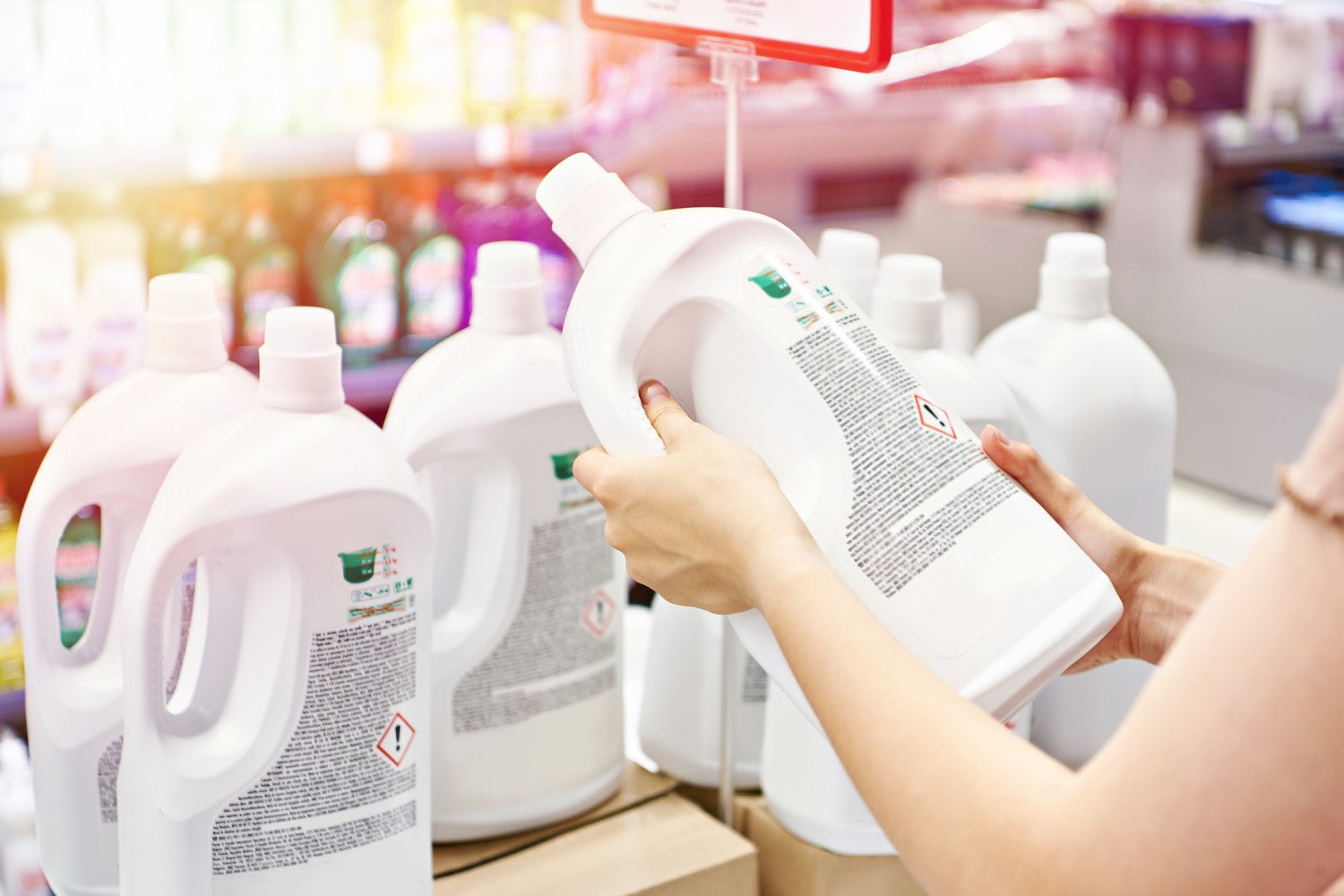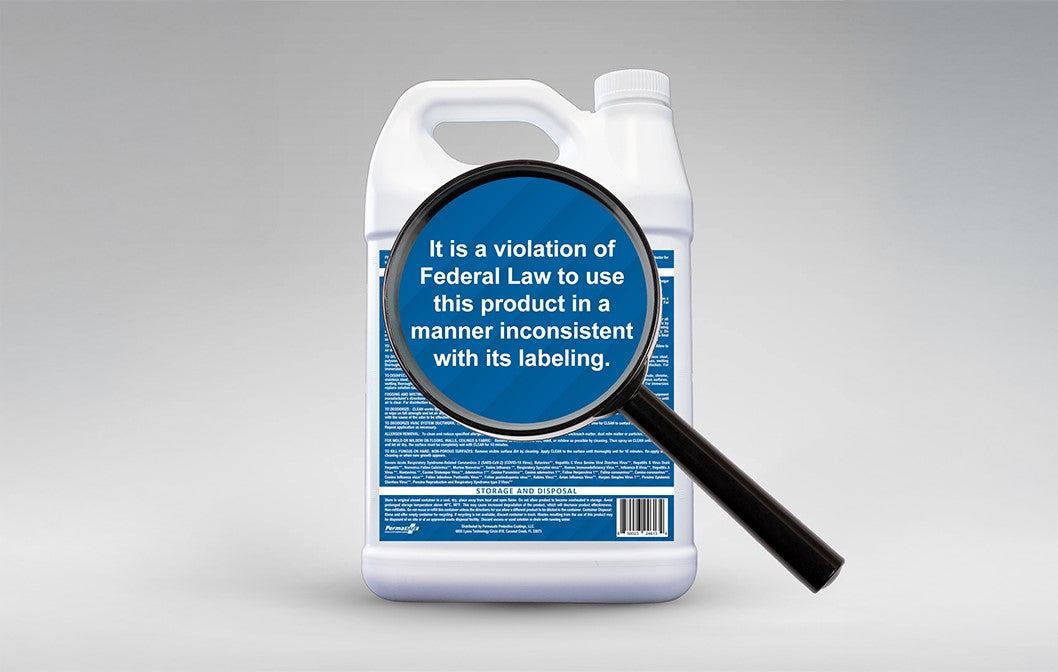Antimicrobial products are defined as “Substances or combinations of substances that are formulated and used to kill or inhibit the growth of one or more types of microorganisms, such as bacteria, viruses, mold, fungi, algae, protozoa, and/or any other microbes.” Disinfectants, Sanitizers, Mold Eliminators, Algae Removers, and all other products that make any type of microorganism kill or control claim are considered Antimicrobials.

In the United States, antimicrobial products are regulated by the U.S. Environmental Protection Agency ("EPA"), the governmental agency that establishes, oversees, manages and enforces environmental policy. Among other duties, the EPA is responsible for ensuring that antimicrobial products are safe and effective when used as directed on their labels.
Before any antimicrobial product can be offered for sale in the U.S., it must first successfully complete the EPA's antimicrobial product evaluation and registration process. To qualify for EPA registration, an antimicrobial product must undergo extensive, certified, third party laboratory testing, the results of which must support the product’s microorganism elimination and other performance claims, as well as the EPA's stringent health, safety, efficacy, and other standards. Antimicrobial products that satisfy all such requirements are ultimately assigned an EPA Product Registration Number, as well as a corresponding EPA Product "Master Label.”
THEIR LABELS DON’T LIE
Despite its name, an antimicrobial product's "Master Label" is not actually a label, but rather a multi-page legal document that is based on, and essentially a summary of the EPA's product evaluation process.

Each Master Label includes EPA reviewed and approved germ-kill and other antimicrobial efficacy claims, as well as validated performance claims for all other approved product uses, if any, such as cleaning, odor elimination, mold and allergen removal, etc. Each product’s Master Label also includes its directions for use, approved use sites and use surfaces, precautionary statements, hazard warnings, and other product and product manufacturer information ... much of which is utilized to produce the “Bottle Label” that is adhered to every bottle of product produced.
When it comes to marketing antimicrobial products, and specifically with regards to describing any aspect of an antimicrobial product's safety or performance specifications, their labels are "the law." More precisely, every statement, data point and word that appears on an antimicrobial product's retail Bottle Label must come directly from its EPA approved Master Label.
Given the vast quantity of text and numerous pages that comprise the typical antimicrobial product Master Label, it’s simply not feasible to include it all on the product’s Bottle Label. However, all approved product uses, safety information, directions for use, and antimicrobial efficacy claims are required, and this information must appear on the product’s Bottle Label exactly as it does on its Master Label.
WHY IT MATTERS
No matter what one might assume or may have heard about a particular antimicrobial product’s capabilities, only the EPA registered product uses, approved use sites and surfaces, performance claims, and other information specifically listed on the product’s Bottle Label, or Master Label, can be considered true and accurate.
Using an antimicrobial product for any task, or on any type of surface that’s not specifically listed on its label, can render that product ineffective, or worse, can be harmful to the user and others, as well as the surface it’s applied to.

For Example:
For example, if you’re studying a disinfectant’s label to see if it’s capable of sanitizing carpets (PermaSafe CLEAN is, but very few others are), or can both clean and disinfect a surface in one step, without the need to rinse the surface before or after applying it (CLEAN can, but most others can't), or to verify it can be used on Food Contact Surfaces like CLEAN can, and these capabilities are not explicitly listed on that label, it's because the product is either not capable of achieving such germ-reduction standards, not safe for such uses, or has otherwise failed to satisfy the EPA's testing standards for these uses.
No matter the reason, it cannot be used for such purposes. And the EPA takes all product label information, product claims, approved uses, and use sites and surfaces statements very seriously. Take a look at the label on the bottle of any disinfectant, sanitizer or other antimicrobial product, and you’ll see, directly under the product’s ‘Directions for Use’, the following EPA mandated warning: “It is a violation of Federal Law to use this product in a manner inconsistent with its labeling.”





